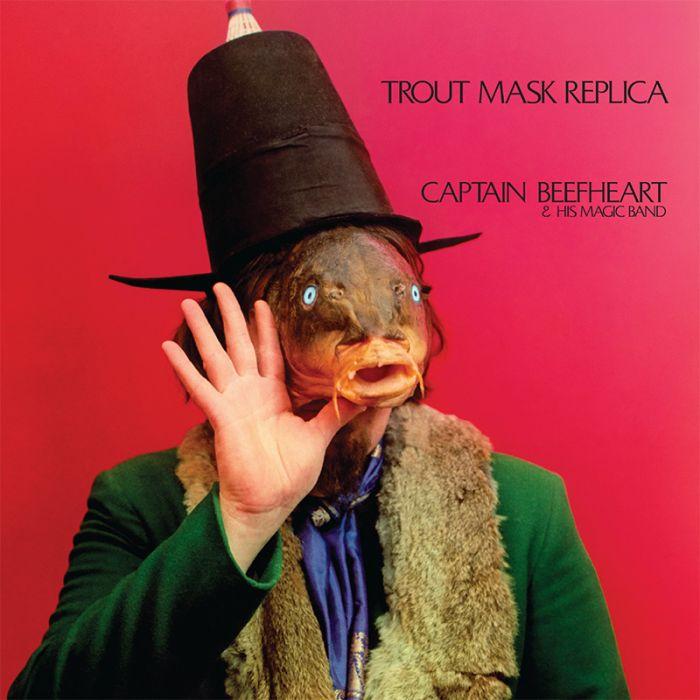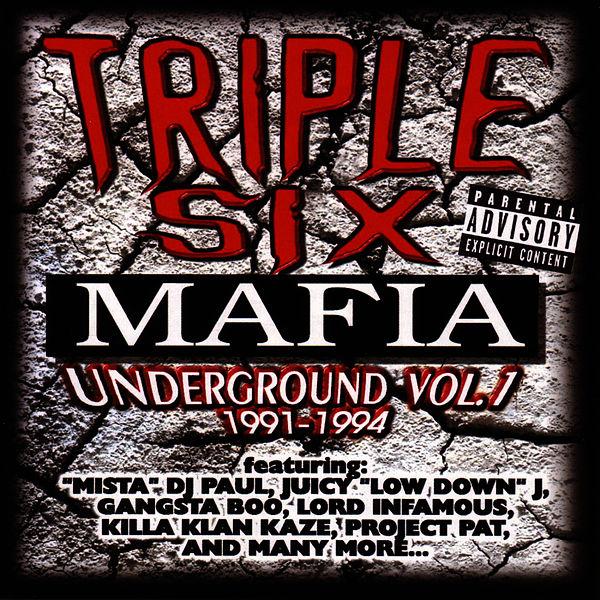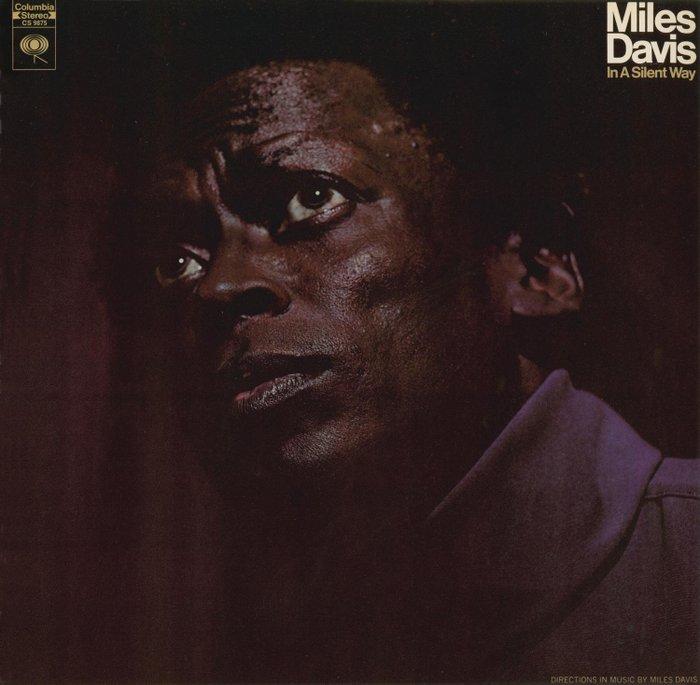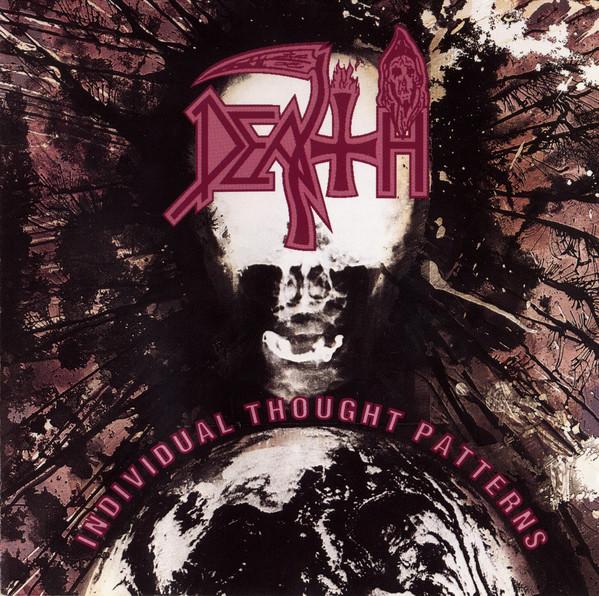
Björk
Carrying out the “What albums would you bring with you if you were stranded on a desert island?” thought experiment hits a little differently in the year 2020. Who needs to pare down their desert-island selections when everyone has access to (almost) the entire history of recorded, commercially available music on the device in their pocket via streaming services? You can type in a few words and beam anything you could ever possibly want to hear straight into your dome. “But what if there’s no cell service on your desert island?” you ask. “What if there’s no electricity at all?” To this I respond, “How were you planning on listening to your desert-island selections at all, then? On a magical hydroelectric phonograph powered by a tropical river?”
For some, the idea of the “album” itself is fading away, propelled by many artists’ general shift to a format of frequent single releases that aren’t necessarily tethered to a big name project. When a project does land, conventions of streaming services that pay royalties per track have created an atmosphere of “more is more” in the music industry. Albums arrive out of the gate as mega-deluxe affairs often stretching past the 90-minute mark, bloated and leaking filler content from the seams. (Remember hip hop skits in the '90s? They’re back. Or maybe they never left.) This might be cause to celebrate for some listeners. Of course, if you love an artist, why wouldn’t you want more more more of their output available at any given moment to stream? I’m never going to put on my curmudgeon bifocals and deride this movement away from the traditional ~40-minute album paradigm. Things always change, and there’s no reason to shake my fist at that cloud.
But the very act of paring down your favorite albums will always have value as well. There’s something warm and cozy about imagining those albums existing as discrete milestones in music history, having reached so many ears in their compact form, entertaining outside of the framework of infinite availability and almost too-comfortable omni-selection that streaming has produced. With that in mind, here are my picks.

1) Captain Beefheart, Trout Mask Replica: My instant go-to when someone asks me what my favorite album of all time is, Trout Mask shattered my mind when I first heard it back when I was like 14 years old. I remember reading about it on AllMusic, which singled it out, as one must, as a pinnacle of unique freak music and avant “rock,” and buying the CD from Borders. I didn’t understand it then, and I still don’t really understand it now, hundreds of listens later – but to try to understand it is to miss the point. The album’s tension and its pure joy stem from the confusion it provokes and the improbable precision of the musical forms that create that confusion. It plays out like a finely stacked and multi-tiered birthday cake, complete with terraces and archways, but that cake happens to made of dirt and pig shit.
Beefheart’s voice and lyrics remain a high-water mark for twisted, ranting rock mania. Trout Mask’s jagged grooves and complex song structures predate the rapidly changing time signatures of math rock, and combine the tonality of Delta blues with the intricacies of prog rock and the freewheeling experimentation of Beefheart’s longtime friend (and the album’s producer) Frank Zappa. I love Zappa too, but something about his music has always hit me as being distinctly of its time, caught in amber – partly due to the specificity of his lyrics, partly due to the consistent Stravinsky-ish-ness of his composition style, which always kept one foot rooted in the 20th-century classical canon. Beefheart was a rock 'n' roller and blues poet, through and through, and however weird and ornate the songs he composed came to be, they always have a primordial, lovably stripped down feel to them, like they could reach you from a crew of your friends sitting on the porch and jamming.

2) Three 6 Mafia, Underground Vol. 1: 1991-1994: Probably the album that I listen to the most consistently on a day to day basis, Three 6’s original masterpiece isn’t really an album at all, but a collection of singles and loosies from their earliest recording projects, some of which original appeared as DJ Paul, Juicy J, or Lord Infamous solo tracks, some of which were presented under the Triple Six banner. The seeds of most commercial hip hop styles that currently sit on the charts were planted with this music, which heralds the birth of trap, the birth of horror-core rap, the birth of the “Migos flow” (a.k.a. the Lord Infamous flow), the birth of a sizable chunk of what we consider to be relevant in hip hop today. But that’s not why I love it. I love Underground Vol. 1 because every song truly slaps.
Paul & Juicy’s production never ceases to inspire me, with its chopped and looped vocal samples, rigid but eternally grooving percussion patterns, eerie synth patches, and conflicting tonalities. “N****s Ain’t Barin’ That” sounds like Chicago juke or footwork years before those styles took off. “Where The Bud At?” showcases the dizzying maniacal flows of Lord Infamous (RIP), while “Playa Hataz” and “Now I’m High, Really High” gather energy from the presence of the entire posse trading off verses. The music of Three 6 Mafia conveys a sense of victory over the bullshit that life throws at you. It’s about starting from nothing but making the absolute most of it, scraping together cash to record in a dingy studio with old gear, and coming out with genre-defining classics, born only from the raw talent inside of you. Above all, it’s about the power of personality – what could be called “star power” – and how if you have that, the world is forced to pay attention.

3) Björk, Homogenic: My life would be so much emptier without the music of Björk in it. A great illuminator of truths and a catalyst to look at the world around you and the relationships in your life through a different lens, her work hits me with an emotional sledgehammer right in the gut. I have certainly cried listening to her more than any other artist, partly due to the meanings and memories that have accrued over more than 15 years of obsession, but mostly just due to its unrestrained beauty, along with the wisdom and affecting nature of her lyrics. Homogenic is probably, pound for pound, my favorite Björk album, though I could just as easily pick Post or Vespertine or Debut – all contain “emotiona-a-a-a-a-al landscapes” and massive peaks. (See: the literal peak in Post’s “Hyperballad.”) Albums before Homogenic felt a little goofier, a little more reckless and fun. Homogenic dials in on this rarefied, even exaggerated emotional atmosphere in which every tiny gesture seems like it could spark a wistful reverie or a tantrum. It feels volatile but also mature, more in tune with life’s harsh reality.
I pick Homogenic because of its production, which complements her vocal performances and her lyrics so stunningly. At the moment of its release, it was her most overtly electronics-focused album, and while earlier albums carry elements of dance music styles, Homogenic feels more like an auteur’s journey into electronic forms more connected to the experimental techno, sound collage, and the avant-garde in general. That production style coupled with complex and nuanced songwriting that truly catches you off guard (“Jóga,” “Unravel,” and “All Neon Like” come to mind immediately) puts Homogenic a tiny sliver above the rest of her catalog. How could I be on a desert island and not have access to “All Is Full of Love”? It could not be.

4) Miles Davis, In a Silent Way: The perennial go-to within Miles’ catalog when you’re in the mood to relax while still being transported to different surroundings, In a Silent Way is the Miles album you can play for your friends who “don’t get jazz” and still blow them away. Possessing an almost ambient lull factor and a slowly unfurling structure, and featuring an ensemble of both acoustic and electric instruments, its two 20-minute pieces were one starting point for jazz fusion in the '60s, much to the chagrin of many purist critics and fans. Listening to it now just feels like spending time with a timeless classic that exists outside of any genre strictures or trends. The chiming electric piano melodies of Herbie Hancock, Joe Zawinul, and Chick Corea (what a crew!) cascading together in their slightly skewed harmonies make sure that the sense of stasis is always tempered with some darkness. Dave Holland’s bass and Tony Williams’ drums are the lumbering pulse of the music, barely straying from cymbal splashes and one low note. This bed is the perfect background for Miles and Wayne Shorter to blow their horns over, and the perfect winding path for guitarist John McLaughlin, the sessions’ true dark horse, to lead us down.
While side A’s “Shhh / Peaceful” is the real bread and butter of the album in some ways, establishing that beautiful groove that seems to coast along forever and letting the atmosphere thicken for 18 straight minutes, the B side is my favorite. Its sonata form, with McLaughlin playing the title track like a theme song at the beginning and end of the 20-minute piece, feels so warm and lovely, while still maintaining that slight edge of darkness. “It’s About That Time” in the middle, the most animated section, jumps out of the speakers with that three note ostinato phrase like “Wake up!” And you do wake up.

5) Death, Individual Thought Patterns: Chuck Schuldiner is an all-time musical hero for me. May he rest in peace. A genius who could conjure up entire layered compositions in his head, with criss-crossing guitar parts and hyper-intricate drum patterns, his approach to metal songwriting felt extremely personal and straight from the heart. Far from the, well, bloody gore found on early works such as Scream Bloody Gore, his lyrics and his sense of songwriting had matured into more universal and philosophical themes by the time Individual Thought Patterns came along. Any semblance of Death as a shocking or violent project had faded away in favor of Schuldiner’s stoic, disillusioned viewpoint. His songs criticized violence and betrayal, called out false prophets, and dug into the human psyche. On “Jealousy,” he shouted: “Behind the eye / is a place no one will be able to touch / containing thoughts / that cannot be taken away or replaced.” For real, Chuck.
Individual Thought Patterns is my favorite Death album, and maybe my favorite metal album ever, because of the complexity and the sheer constant whiplash of Schuldiner’s songs in this era. Other than Death’s last album Songs of Perseverance, this is the band at their most prog, with any given four-minute song containing like five or six discrete riffs that the band dives through at a breakneck pace. Steve Di Giorgio on bass and Gene Hoglan on drums is too deadly a combo for any mere mortal to reckon with. DiGiorgio’s fretless basslines are more audible than ever in these tracks, bouncing around the guitars with their own sense of groove and counterpoint. Hoglan on drums shows why he’s called “The Atomic Clock” with his blistering double kick runs. Every track on this album makes me lift my fists above my head and/or air guitar, howling along with Chuck, cursing the world while still loving life.










